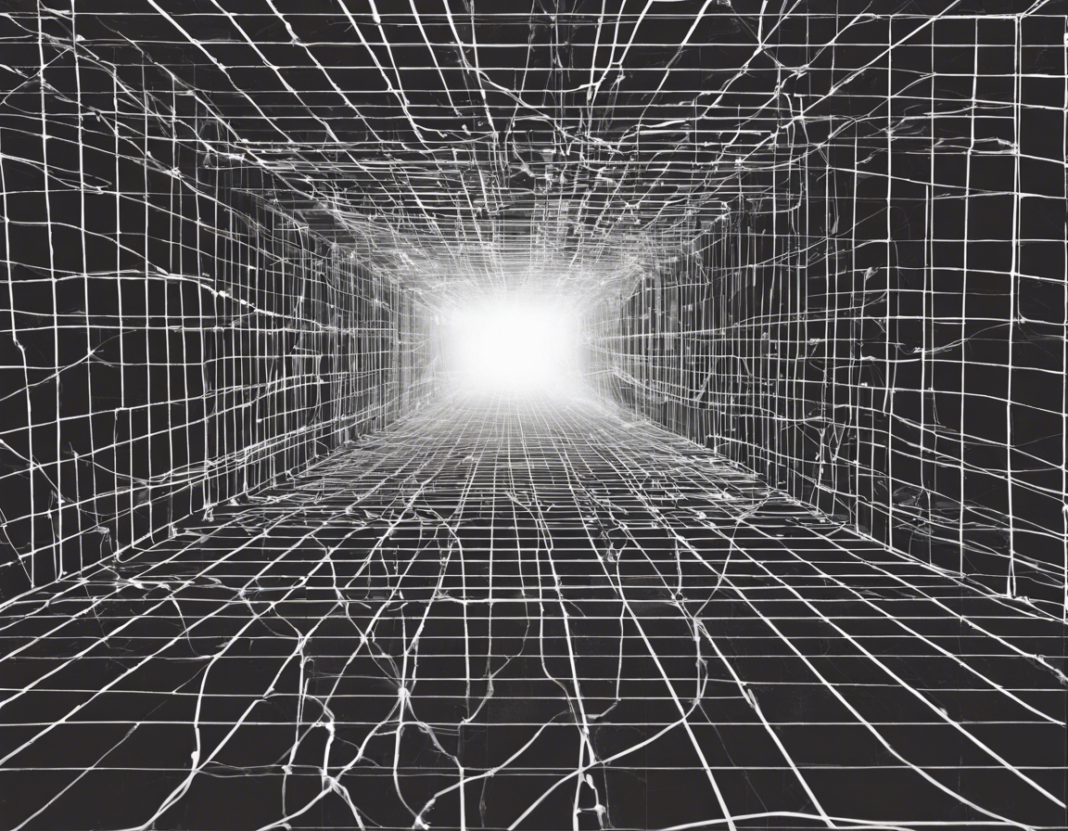In the realm of technology and infrastructure, the term “grid” holds a significant weight in its essence – a network of connections that interweave to create a coherent and efficient system. The concept of a grid transcends various domains, from power systems and computing to transportation and urban planning. It embodies the idea of connectivity, resilience, and optimization in a structured manner. Let’s delve deeper into the diverse facets of a grid and explore its multifaceted applications in different fields.
Understanding the Grid
At its core, a grid refers to a network of interconnected nodes that work harmoniously to achieve specific objectives. These nodes can represent a variety of entities, such as power plants in an electricity grid, intersections in a transportation grid, or neurons in a neural network. The connections between these nodes facilitate the flow of resources, information, or energy, allowing the system to function cohesively.
Types of Grids
-
Power Grid: One of the most prominent examples is the electricity grid, which comprises power plants, transmission lines, and substations. It ensures the reliable supply of electricity from generation sources to end-users.
-
Computing Grid: In the realm of computing, a grid computing system connects disparate computers and servers to form a virtual supercomputer, enabling high-performance computing and resource sharing.
-
Transportation Grid: Urban planners utilize transportation grids to design road networks, railways, and public transportation systems for efficient movement of people and goods within a city or region.
-
Communication Grid: The communication grid includes networks like the internet, telecommunication systems, and data centers, enabling seamless connectivity and information exchange.
Key Components of a Grid
To function effectively, a grid system comprises several essential components that drive its operations and ensure resilience:
-
Nodes: These are the fundamental units within the grid, such as power plants, devices, or endpoints that generate, store, or consume resources.
-
Connections: The links or pathways that enable the transfer of resources, whether it be electricity, data, or traffic flow, between nodes.
-
Control Systems: Grids often incorporate control systems to manage and optimize operations, regulate resource allocation, and respond to changes or disruptions in the network.
-
Redundancy: Building redundancy into the grid, such as backup power sources or alternate routes, enhances reliability and reduces the risk of system failures.
Applications of Grid Systems
The concept of a grid finds applications across various industries and disciplines, showcasing its versatility and adaptability:
-
Smart Grids: In the energy sector, smart grids leverage advanced technologies like IoT sensors, AI algorithms, and automation to enhance grid efficiency, monitor power quality, and integrate renewable energy sources.
-
Grid Computing: Researchers and institutions utilize grid computing for complex simulations, data processing, and scientific research that require massive computational resources.
-
Urban Planning: City planners use urban grids to design well-connected transportation networks, sustainable infrastructure, and organized urban layouts that optimize space and mobility.
-
Supply Chain Management: Businesses employ supply chain grids to streamline logistics, inventory management, and distribution channels for seamless operations and cost-effective delivery.
Challenges and Opportunities
While grids offer numerous benefits in terms of connectivity, efficiency, and scalability, they also present challenges that require strategic planning and innovative solutions:
-
Scalability: As grids expand and evolve, ensuring scalability becomes crucial to accommodate growing demands and maintain performance standards.
-
Resilience: Grids must be designed with resilience in mind to withstand disruptions, cyber threats, and environmental risks that could impact their operations.
-
Interoperability: Ensuring compatibility and interoperability between different components and systems within a grid is essential for seamless integration and efficient functioning.
-
Data Security: With the increasing digitization of grids, cybersecurity threats pose a significant concern, emphasizing the need for robust security measures and protocols.
Frequently Asked Questions (FAQs)
- What is the difference between a grid and a network?
-
A grid typically refers to a structured layout of interconnected nodes and connections that form a unified system, whereas a network is a broader term encompassing various types of interconnected entities without a specific structure.
-
How do smart grids differ from traditional electricity grids?
-
Smart grids incorporate advanced technologies like sensors, meters, and automation to enable real-time monitoring, optimize energy distribution, and support the integration of renewable energy sources, unlike traditional grids.
-
Can grid computing be used for personal computing needs?
-
While grid computing is primarily used for high-performance computing tasks and scientific research, some projects like BOINC (Berkeley Open Infrastructure for Network Computing) allow individuals to contribute their computer’s processing power to research initiatives.
-
What role does artificial intelligence play in optimizing grid systems?
-
AI algorithms are employed in grid systems to analyze data, predict demand patterns, optimize resource allocation, and automate decision-making processes to enhance efficiency and performance.
-
How do transportation grids impact urban mobility and traffic flow?
-
Transportation grids play a vital role in shaping urban mobility by providing well-connected road networks, public transportation options, and pedestrian-friendly infrastructure to ensure efficient movement of people and goods within a city.
-
Are there environmental benefits to implementing smart grid technologies?
-
Yes, smart grid technologies promote energy efficiency, reduce carbon emissions, support the integration of renewable energy sources, and enable dynamic pricing mechanisms that incentivize sustainable energy consumption.
-
What are some examples of successful grid modernization projects worldwide?
- Countries like Germany, Japan, and the United States have spearheaded grid modernization initiatives by investing in smart grid technologies, renewable energy integration, and grid resilience measures to meet evolving energy needs and enhance system reliability.
In conclusion, the concept of a grid embodies the essence of connectivity, efficiency, and system optimization across diverse domains. From electricity grids and computing systems to transportation networks and urban planning, grids serve as the backbone of modern infrastructure, driving innovation and sustainable development. By understanding the key components, applications, challenges, and opportunities associated with grid systems, we can harness their potential to create resilient, interconnected, and adaptive networks that propel us into a more interconnected future.
